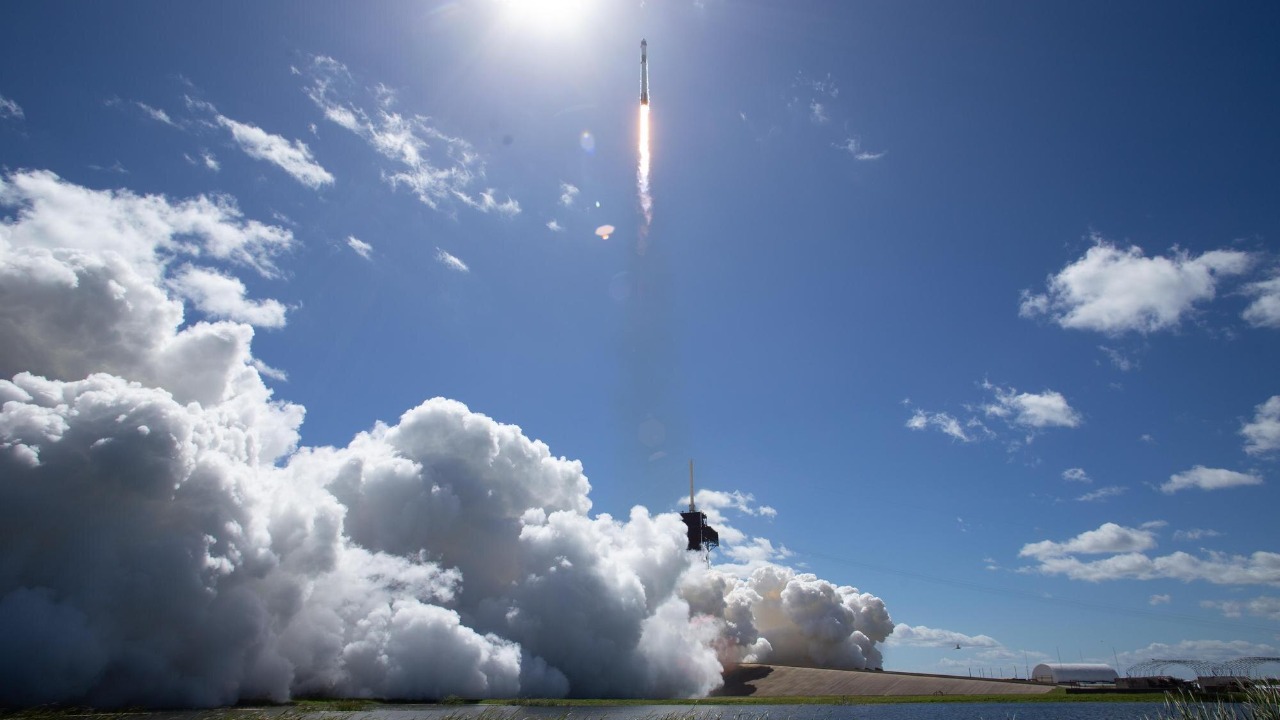
The burgeoning space industry may be posing a significant threat to our planet’s protective ozone layer. Recent studies have raised concerns that rocket launches could be creating a new hole in the Earth’s ozone layer, exacerbating the environmental damage already inflicted by human activities. The emissions from these launches, particularly those using solid fuels, are depleting the atmospheric gases that shield us from harmful ultraviolet radiation.
The Science Behind Ozone Depletion from Rockets
Rocket launches, especially those using solid fuels, release chlorine and other halogens into the atmosphere. These substances can catalytically destroy ozone molecules in the stratosphere, the layer of the atmosphere where the ozone layer is located. Unlike ground-based emissions, which can be filtered and cleansed by natural processes, rocket emissions are introduced directly into the upper atmosphere, bypassing these protective mechanisms.
As the frequency of rocket launches increases, so does the amount of these pollutants in the stratosphere. This is particularly concerning given the projected increase in space travel, which could accelerate the breakdown of the ozone layer.
Recent Warnings from 2025 Studies
Recent studies have highlighted the potential for a new depletion zone in the ozone layer over rocket launch sites. A study titled “Rocket Launches May Be Tearing A New Hole In Earth’s Ozone Layer, Study Warns” models this potential new hole, while another report “Rocket launches are blasting a new hole in our ozone layer” provides quantitative estimates of ozone loss per launch event. Both sources warn of the cumulative impacts if launch rates double in the coming decade.
Historical Context: The Original Ozone Hole
The original ozone hole was discovered over Antarctica in the 1980s, primarily caused by the use of chlorofluorocarbons (CFCs). The global community responded with the Montreal Protocol, which successfully phased out the use of these substances. This has led to partial healing of the ozone layer, but new threats like rocket emissions could undermine this progress.
Interestingly, past treaties aimed at protecting the ozone layer overlooked the potential impact of space activities. This oversight is now coming to light as the frequency of rocket launches increases.
Earlier Research on Rocket Impacts (2023)
Research from 2023 also pointed to the potential for rocket launches to damage the ozone layer. An article titled “Could rocket launches reopen the ozone hole?” analyzed data from major launches and found evidence of localized ozone thinning. The study also highlighted the role of nitrogen oxides from rocket engines, which contribute to ozone destruction in a similar way to NOx emissions from aircraft.
Controversy Surrounding New Ozone Holes (2022)
In 2022, claims of a new “tropical ozone hole” sparked controversy among scientists. Critics argued that these claims may exaggerate the risks without sufficient long-term data. The debate highlighted the need for scientific caution alongside the urgency of addressing potential threats to the ozone layer. For a detailed discussion of this controversy, see “Claims of new ‘tropical ozone hole’ raise controversy“.
Future Projections and Space Industry Growth
Looking ahead, research from 2022 projected that a tenfold increase in rocket launches by 2040 could lead to widespread ozone damage. This projection is based on current trends in commercial spaceflight, including the growth of satellite constellations and space tourism. To mitigate this potential damage, researchers have proposed strategies such as developing cleaner fuel alternatives and implementing international emission standards for rockets.
As the space industry continues to grow, it is crucial to consider the environmental impact of its activities. The potential for rocket launches to damage the ozone layer is a serious concern that requires immediate attention. As we reach for the stars, we must also remember to take care of our home planet.
More from MorningOverview